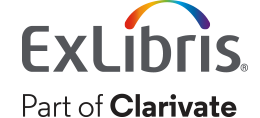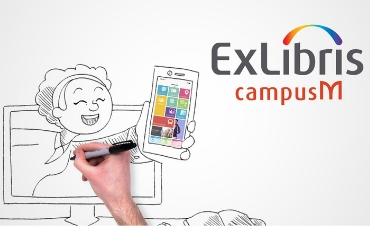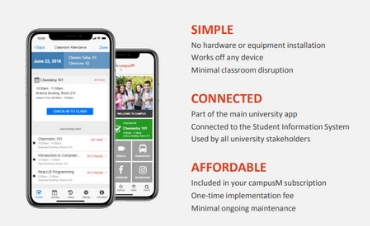Matt Sherlock, Ex Libris
Anyone who has managed or taken part in a large-scale project knows how multifaceted they can be. From coordinating with a diverse group of stakeholders to dealing with budgeting and resource constraints and with logistical considerations, the challenges to delivering effective change are considerable.
Throughout my career I have led several transformational change projects for Higher Education, from delivering new physical and virtual learning spaces to developing new technological solutions. I have seen that there are some strategies that can be used to ease the process, leading to quicker, more efficient delivery.

A key concept I often use to explain my approach to delivering change is the Barrier to Adoption.![]()
A key concept I often use to explain my approach to delivering change is the Barrier to Adoption, meaning the effort required to implement and embed a methodology or technology as well as training relevant staff. My approach has always been to look at any barriers that you may face and find a solution that lowers them, making the project more likely to be a success.
So how can you lower these barriers?
1. Get people on board with a common goal
Collaboration between your various stakeholders can be challenging, so having a clear idea about the end goal and ensuring everyone is working towards that goal will not only help during project delivery but will also encourage adoption.
2. Fulfill a real need
It might seem obvious, but unless you are fulfilling a business need adoption will be difficult. People need a reason to change what they are currently doing, so when you demonstrate that your solution is going to solve their problem in a better way than their current solution, there is more likelihood that it will be adopted. It is always best to deliver on some of these needs from the very beginning of the project in order to build momentum to carry you over any of the inevitable stumbling blocks you face as your project progresses.
3. Keep it simple
If the new solution is complicated to implement, or difficult to administer and maintain, the chances of resistance are high. You need to ensure that what you are implementing will simplify current workflows for users so that it makes sense for them to use it. Administrators will need the solution to be simple and intuitive during initial implementation and roll out, and will want to ensure that ongoing maintenance will be minimal. I would rather a product does 80% of what it needs to do in a way that 100% of people can engage with, rather than have the product provide 100% of the functionality but only be adopted by 80% of the people who need it.
4. Plan for the future
As in so many areas of life, change is the only constant when you are implementing a new methodology or technology. Accept that things will not be the same in two years’ time as they are now, and choose flexible, extensible solutions that work in an iterative and collaborative way to deliver a future-proofed solution.
5. Be realistic
So many projects can be derailed either by over-estimating the problem at hand or being overwhelmed by the capabilities of the solution. Be realistic both in terms of the problem that you are trying to solve and the solution you need to be able to address it. Sometimes you don’t need a solution that offers hundreds of features if half of them are not going to be used or if they are difficult to implement. Think about what you really need in order to get your solution in the hands of your users.
These are the top five strategies that I have used in the past to overcome barriers to adoption. They are also the issues that I keep in mind when looking at new features to develop, ensuring that anything we do create will make your job of lowering the barriers to adoption easier.
Have comments or questions? Let me know.
December 17, 2018






